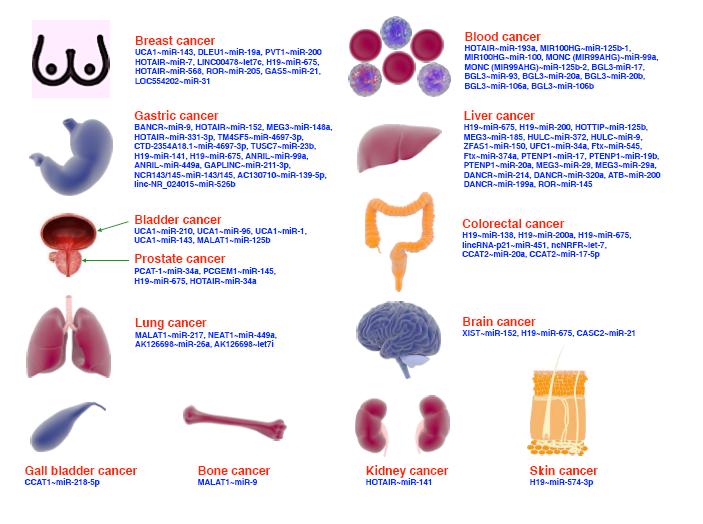| 1. |
Woody CA, Ferrari AJ, Siskind DJ, et al. A systematic review and meta-regression of the prevalence and incidence of perinatal depression. J Affect Disord, 2017, 219: 86-92.
|
| 2. |
Pratt LA, Brody DJ. Depression in the U. S. household population, 2009-2012. NCHS Data Brief, 2014(172): 1-8.
|
| 3. |
Katon WJ. Epidemiology and treatment of depression in patients with chronic medical illness. Dialogues Clin Neurosci, 2011, 13(1): 7-23.
|
| 4. |
Adejumo OA, Edeki IR, Sunday Oyedepo D, et al. Global prevalence of depression in chronic kidney disease: a systematic review and meta-analysis. J Nephrol, 2024, 37(9): 2455-2472.
|
| 5. |
曹爽, 刘英莉, 杜勤. 慢性肾脏病合并抑郁障碍研究进展. 国际泌尿系统杂志, 2016, 36(4): 638-641.
|
| 6. |
许慧晶, 钱楚岳, 董丹, 等. 老年慢性肾脏病相关抑郁症发病机制研究进展. 中国老年学杂志, 2020, 40(21): 4696-4700.
|
| 7. |
袁霞. 长期住院的慢性肾脏病患者焦虑抑郁发生情况及影响因素. 当代护士(中旬刊), 2021, 28(2): 99-101.
|
| 8. |
张宇, 赵卫红, 裴小华, 等. 慢性肾脏病患者焦虑抑郁状况的调查. 中华老年多器官疾病杂志, 2019, 18(11): 845-849.
|
| 9. |
桂京京. 单中心慢性肾脏病患者的抑郁状态及影响因素的研究. 安徽芜湖: 皖南医学院, 2021.
|
| 10. |
张辉. 不同分期慢性肾病患者的焦虑抑郁情况. 国际精神病学杂志, 2024, 51(1): 219-221, 248.
|
| 11. |
李保爽. 维持性血液透析患者心理障碍与生活质量现状及相关因素分析: 青岛: 青岛大学, 2024.
|
| 12. |
Kimmel PL, Peterson RA, Weihs KL, et al. Multiple measurements of depression predict mortality in a longitudinal study of chronic hemodialysis outpatients. Kidney Int, 2000, 57(5): 2093-2098.
|
| 13. |
Wang C, Chen S, Shan G, et al. Strengthening population medicine to promote public health. Chin Med J (Engl), 2022, 135(10): 1135-1137.
|
| 14. |
Kidney Disease: Improving Global Outcomes (KDIGO) CKD Work Group. KDIGO 2024 clinical practice guideline for the evaluation and management of chronic kidney disease. Kidney Int, 2024, 105(4S): S117-S314.
|
| 15. |
Riley RD, Ensor J, Snell KIE, et al. Calculating the sample size required for developing a clinical prediction model. BMJ, 2020, 368: m441.
|
| 16. |
Chetty R, Stepner M, Abraham S, et al. The association between income and life expectancy in the United States, 2001-2014. JAMA, 2016, 315(16): 1750-1766.
|
| 17. |
Braveman PA, Cubbin C, Egerter S, et al. Socioeconomic disparities in health in the United States: what the patterns tell us. Am J Public Health, 2010, 100 Suppl 1(Suppl 1): S186-S196.
|
| 18. |
Christensen K, Gleason CE, Mares JA. Dietary carotenoids and cognitive function among US adults, NHANES 2011–2014. Nutr Neurosci, 2020, 23(7): 554-562.
|
| 19. |
Zhao Y, Li H. Association of serum vitamin C with liver fibrosis in adults with nonalcoholic fatty liver disease. Scand J Gastroenterol, 2022, 57(7): 872-877.
|
| 20. |
Kroenke K, Spitzer RL, Williams JBW. The PHQ-9: validity of a brief depression severity measure. J Gen Intern Med, 2001, 16(9): 606-613.
|
| 21. |
Levis B, Benedetti A, Thombs BD. Accuracy of patient health questionnaire-9 (PHQ-9) for screening to detect major depression: individual participant data meta-analysis. BMJ, 2019: l1476.
|
| 22. |
Levey AS, Stevens LA, Schmid CH, et al. A new equation to estimate glomerular filtration rate. Ann Intern Med, 2009, 150(9): 604-612.
|
| 23. |
中国高血压防治指南修订委员会, 高血压联盟(中国), 中国医疗保健国际交流促进会高血压病学分会, 等. 中国高血压防治指南(2024 年修订版). 中华高血压杂志(中英文), 2024, 32(7): 603-700.
|
| 24. |
中华医学会糖尿病学分会. 中国糖尿病防治指南(2024 版). 中华糖尿病杂志, 2025, 17(1): 16-139.
|
| 25. |
Akaike H. A new look at the statistical model identification. IEEE Transactions on Automatic Control, 1974, 19(6): 716-723.
|
| 26. |
中华预防医学会肾脏病预防与控制专业委员会. 中国慢性肾脏病早期评价与管理指南. 中华内科杂志, 2023, 62(8): 902-930.
|
| 27. |
中华医学会肾脏病学分会专家组. 中国慢性肾脏病患者高血压管理指南(2023 年版). 中华肾脏病杂志, 2023, 39(1): 48-80.
|
| 28. |
Lopes AA, Albert JM, Young EW, et al. Screening for depression in hemodialysis patients: associations with diagnosis, treatment, and outcomes in the DOPPS. Kidney Int, 2004, 66(5): 2047-2053.
|
| 29. |
Melchior M, Chastang JF, Walburg V, et al. Family income and youths’ symptoms of depression and anxiety: a longitudinal study of the French GAZEL youth cohort. Depress Anxiety, 2010, 27(12): 1095-1103.
|
| 30. |
Kiecolt-Glaser JK, Newton TL. Marriage and health: his and hers. Psychol Bull, 2001, 127(4): 472-503.
|
| 31. |
Jamal M, Willem Van der Does AJ, Cuijpers P, et al. Association of smoking and nicotine dependence with severity and course of symptoms in patients with depressive or anxiety disorder. Drug Alcohol Depend, 2012, 126(1/2): 138-146.
|
| 32. |
Fluharty M, Taylor AE, Grabski M, et al. The association of cigarette smoking with depression and anxiety: a systematic review. Nicotine Tob Res, 2017, 19(1): 3-13.
|
| 33. |
Karageorgiou V, Casanova F, O’Loughlin J, et al. Body mass index and inflammation in depression and treatment-resistant depression: a Mendelian randomisation study. BMC Med, 2023, 21(1): 355.
|
| 34. |
Huang J, Mao Y, Zhao X, et al. Association of anxiety, depression symptoms and sleep quality with chronic kidney disease among older Chinese. Medicine (Baltimore), 2023, 102(43): e35812.
|
| 35. |
Xu S, Jin J, Dong Q, et al. Association between sleep duration and quality with rapid kidney function decline and development of chronic kidney diseases in adults with normal kidney function: the China health and retirement longitudinal study. Front Public Health, 2023, 10: 1072238.
|




